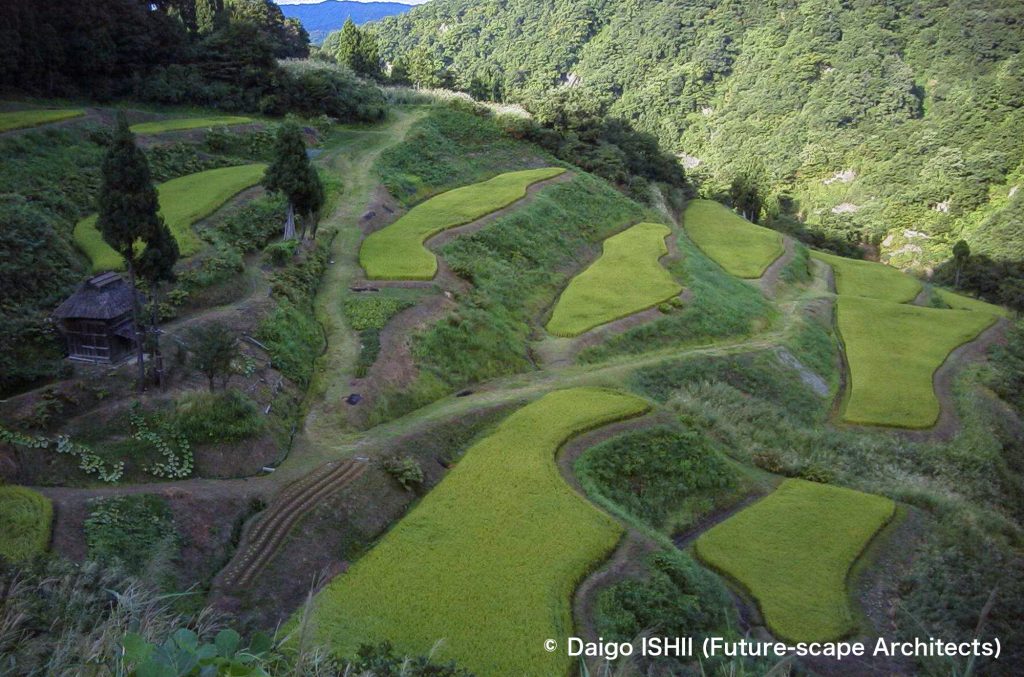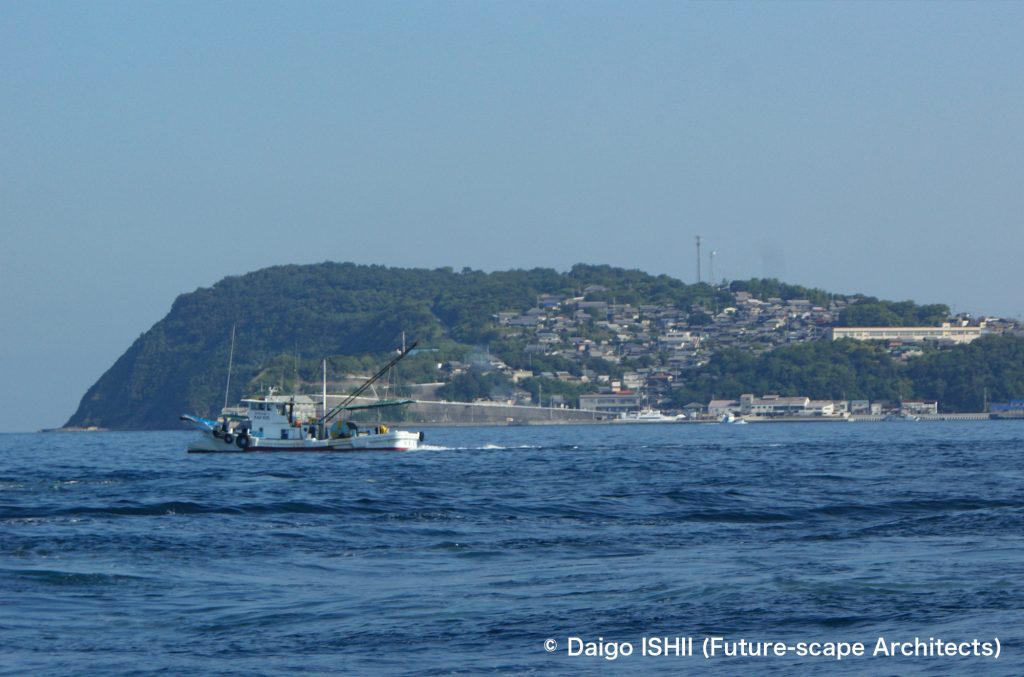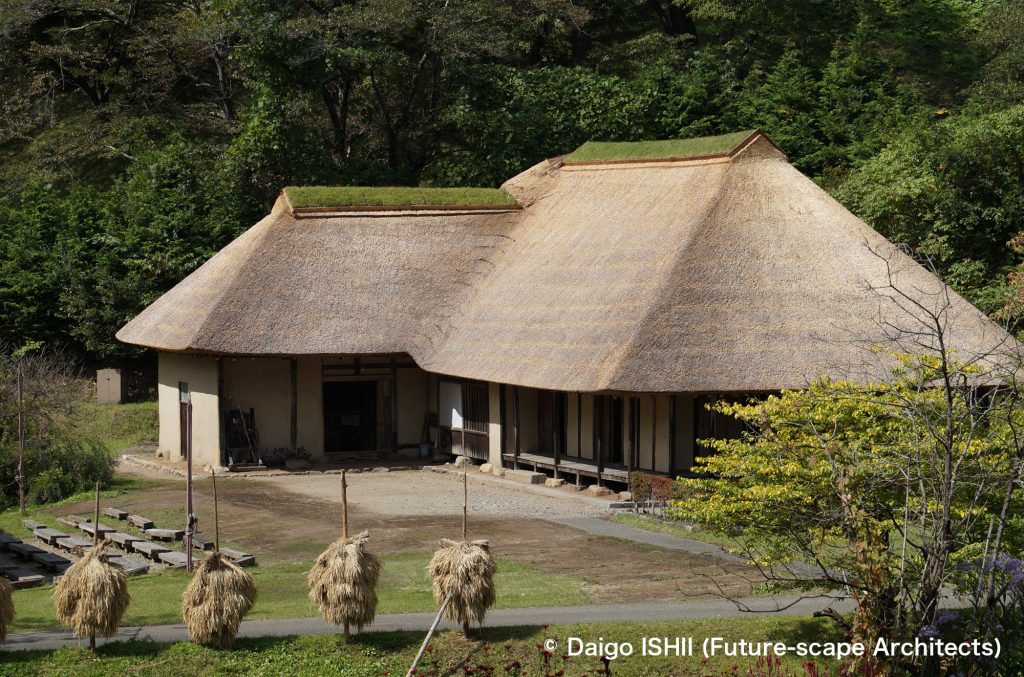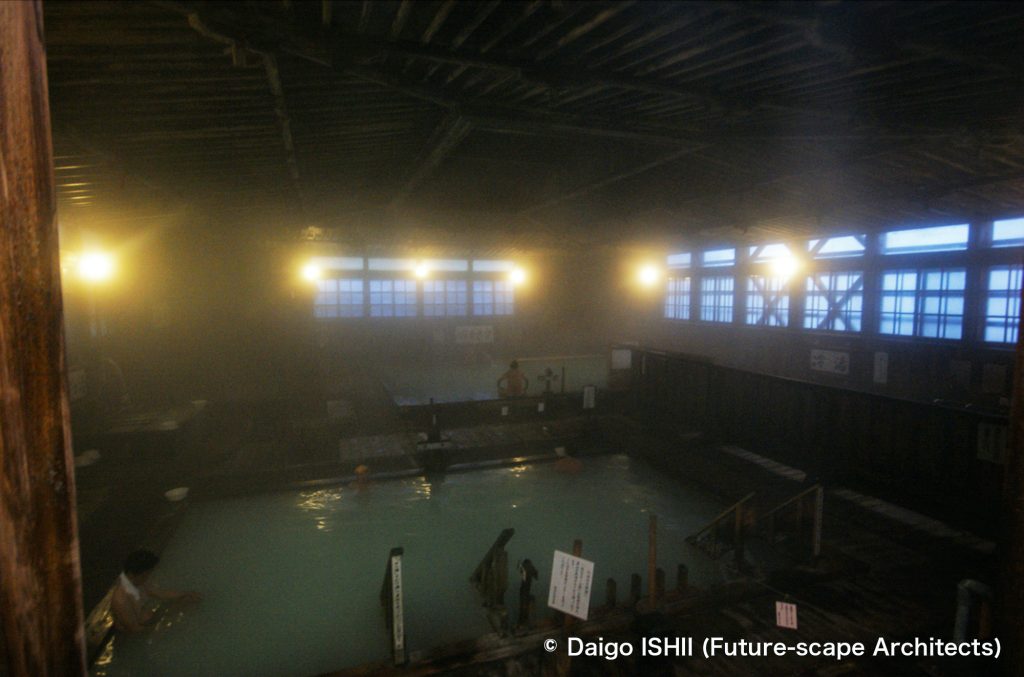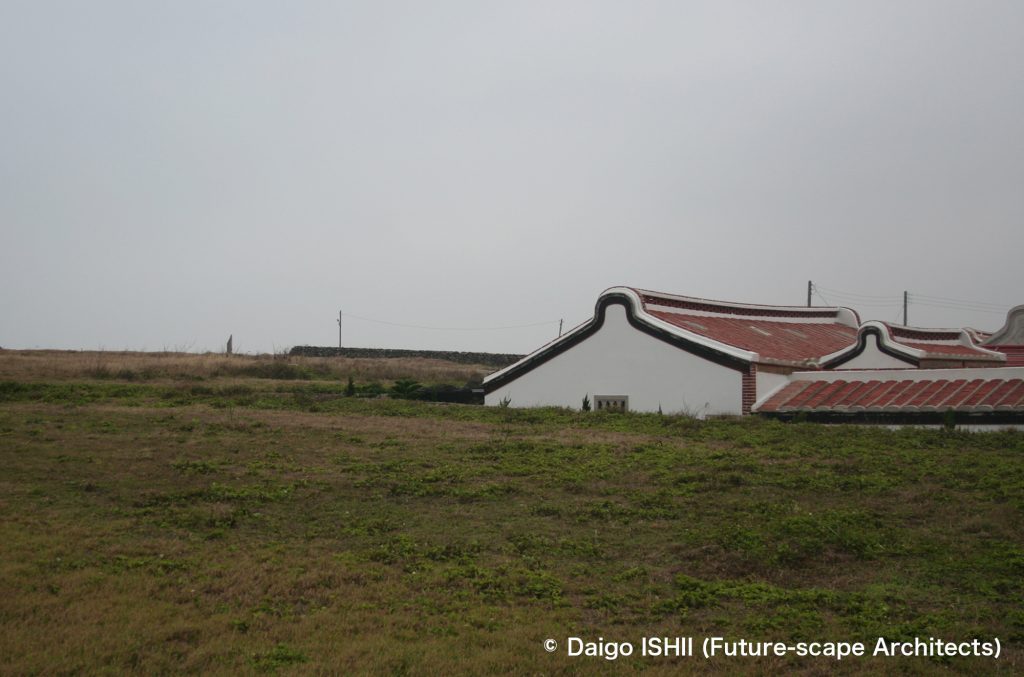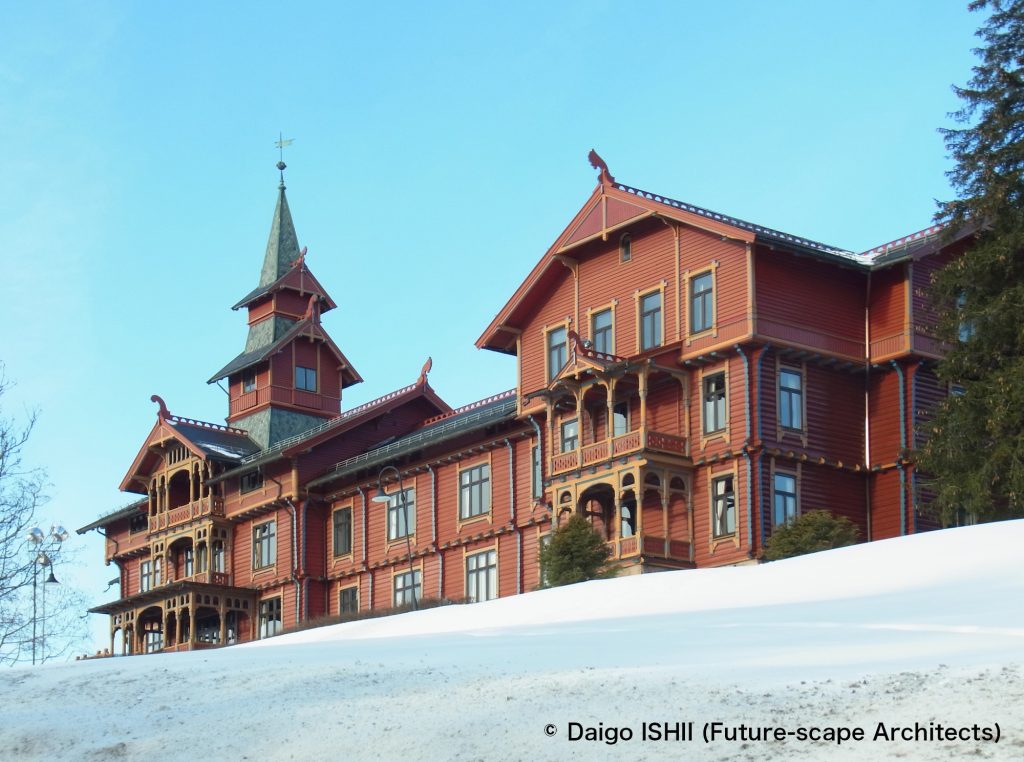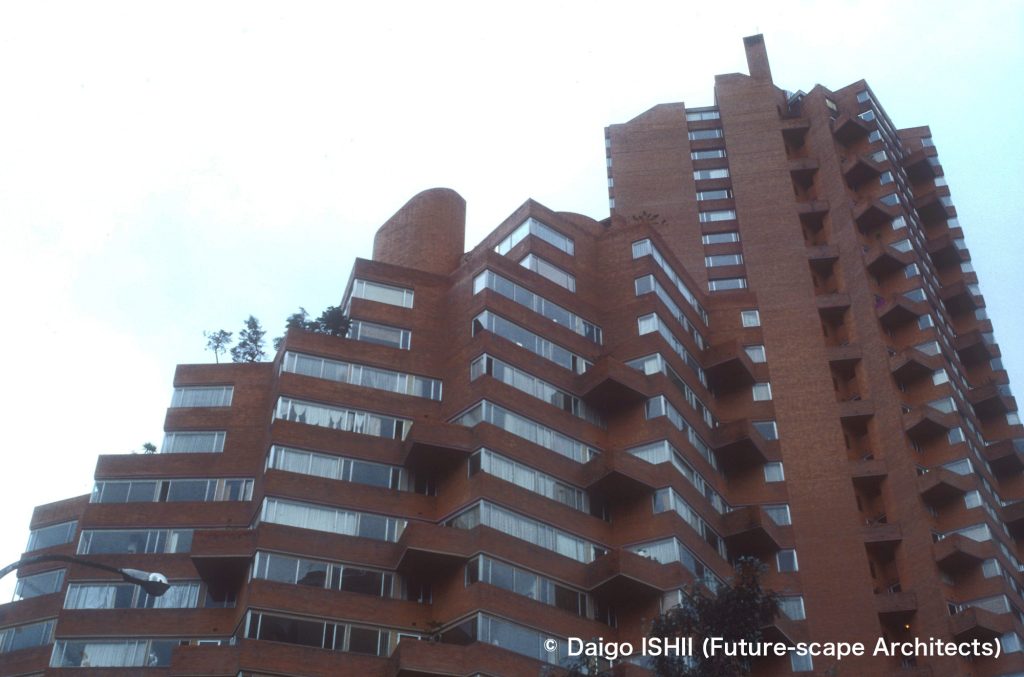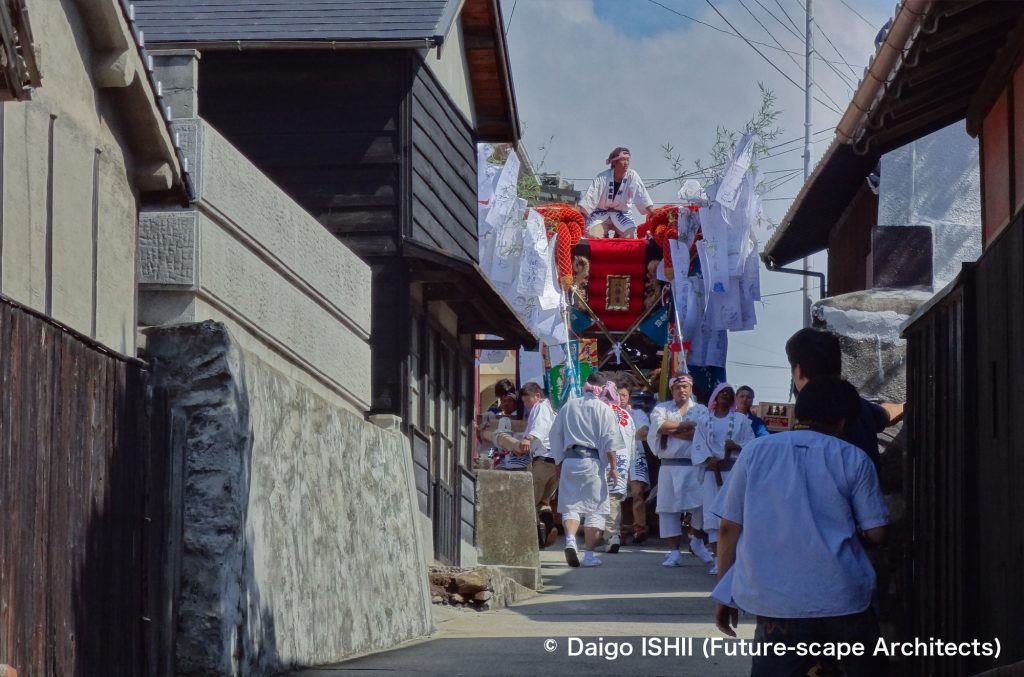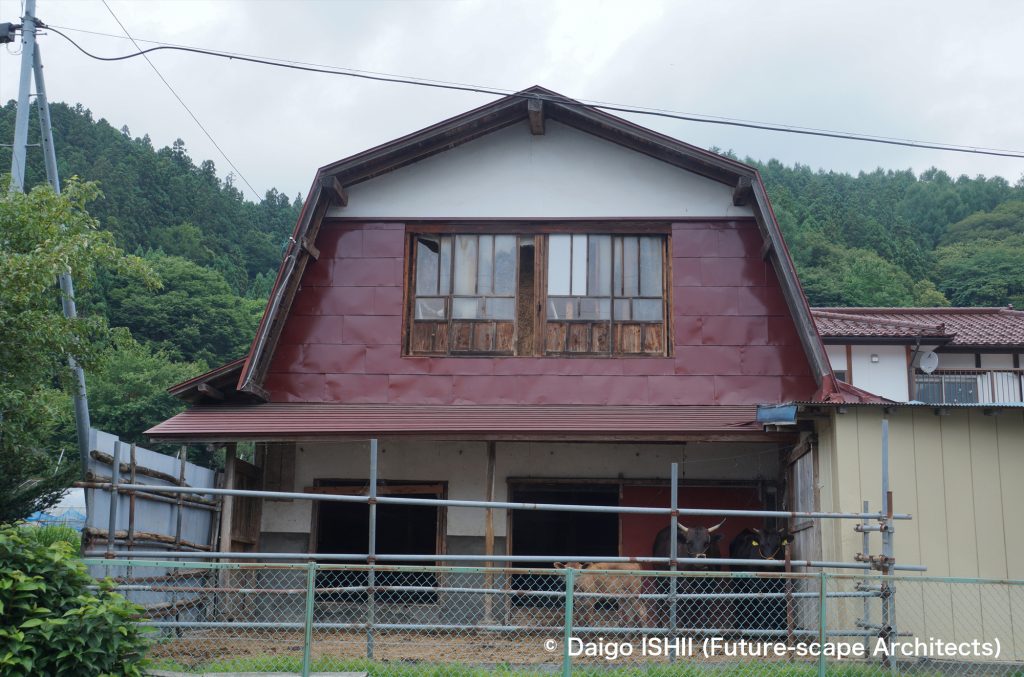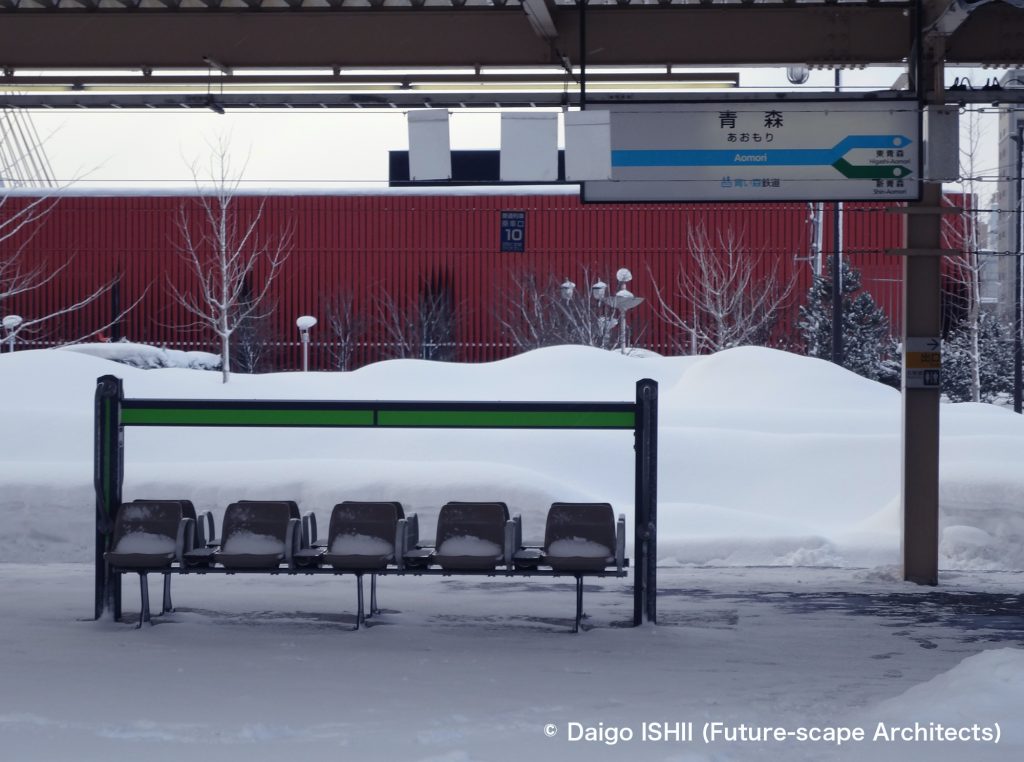Ibukijima Island is located in the Seto Inland Sea by a 25-minute ferry ride from Kannonji city on the mainland. It is a solitary island with an area of 1 km2. However, it is the largest island village in the Seto Inland Sea, with 4,000 people living in the 1950s due to the blessings of the fishing industry. A network of narrow alleys is between houses with traditional wooden and plastered walls and tiled roofs. The scale of the network is also biggest in the Seto Inland Sea. Furthermore, the alleys spread out with an altitude difference, 40m high at the center and 80m high at the top of the village from the port, so there is no rival in the Seto Inland Sea.
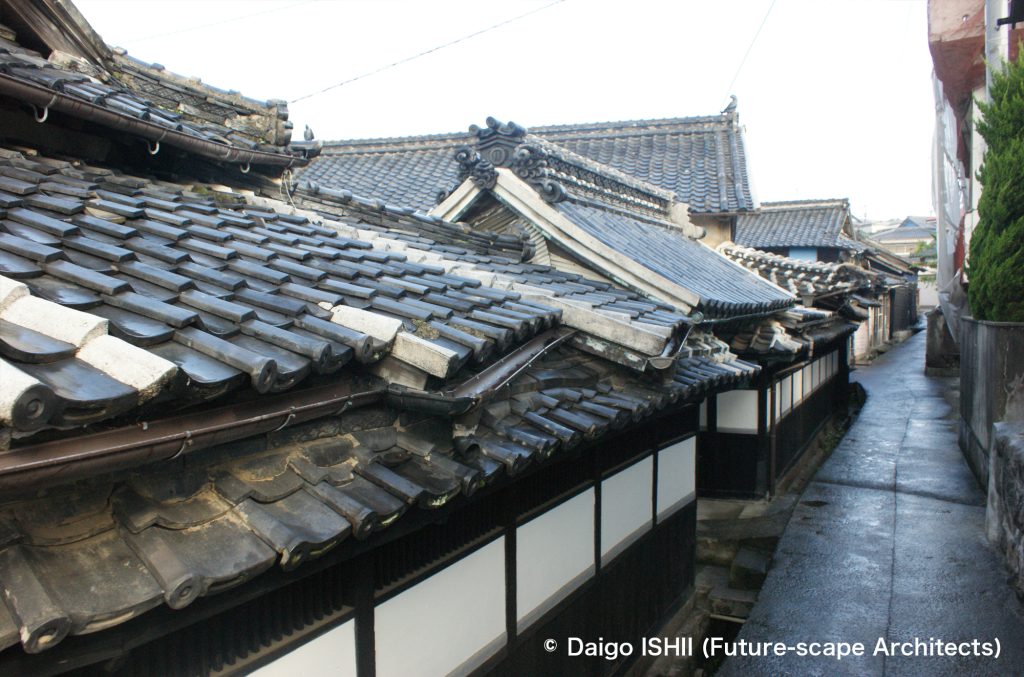
The actual alleys in the central part appeared in the old map in the 19th century. As the population of 1,000 in the 1860s increased to 4,000 at the maximum, the alleys expanded along with the houses on the surrounding steep slopes. It is said that the poor visibility was because of preventing pirates from entering. So the network of alleys is a maze. Even after knowing most alleys through many stays, I'm always confused to reach my destination.
Originally, the alley surface was soil mixed with stones. In the early 1950s, it changed into precast concrete plates. It was produced into irregular-shaped pieces on-site to match the curves and complicated borders on each spot. It became easier for islanders to walk, but they still had to carry luggage on the back and on foot from the port.
In the mid-1950s, spread of auto three-wheelers changed the alleys dramatically. Islanders provided a part of the private properties on both sides of the alleys to widen the width, and the surface was hardened with concrete. That freed islanders from toiling. However, the change stopped at that time. The world shifted from auto three-wheelers to automobiles, but inside the Ibukijima island village, the width of the alleys didn't expanded again for an automobile. Except the outer road that was built later and connects the dried Japanese anchovy factories area along the shore, the alleys in the village remain as they were in the 1960s. The only exception is the wide street that runs from the port to the temple via the shrine in the center of the village. It was no consideration for an automobile but the floats in the traditional festival "Chosa."
Many of the remote mountain villages on the mainland were swallowed up by motorization and built roads for cars due to their survival. Meanwhile, in Seto Inland Sea, many villages with human-scale alleys remain as if time had stopped before the age of cars. The compact settlement and the continuance of a public ferry that connects the port of the village with the mainland maintain an environment which are friendly to weak people like the elderly and children in transportation. That also enables that residents live without relying on cars, and alleys and neighborhood relationships through the alleys retained. That was what I learned in the alleys of Ibukijima island.
Complete view of Ibukijima Island
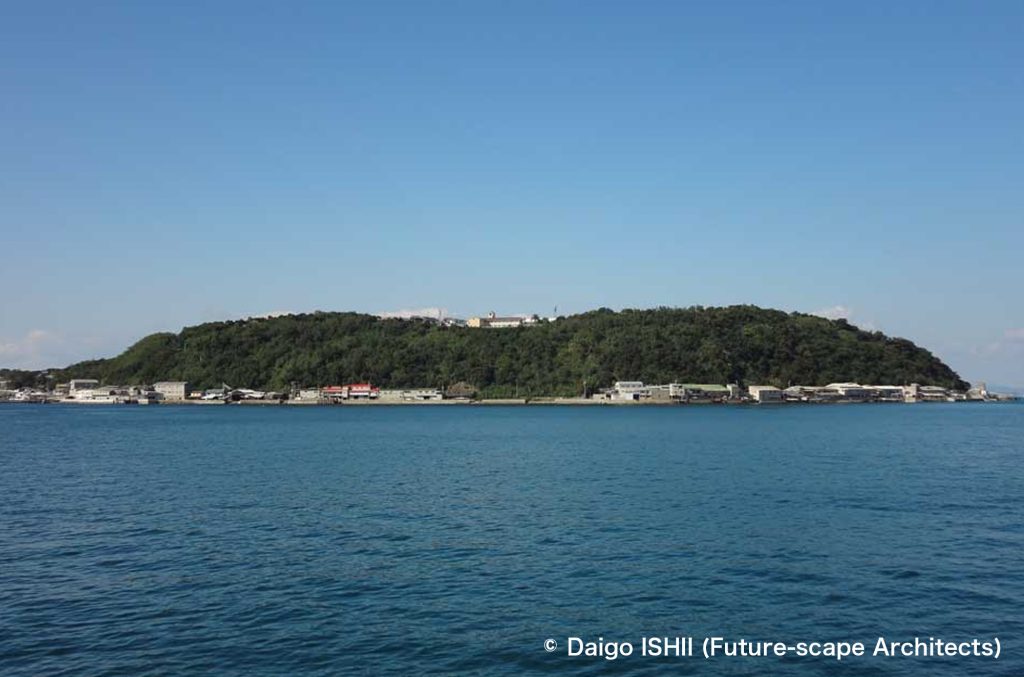
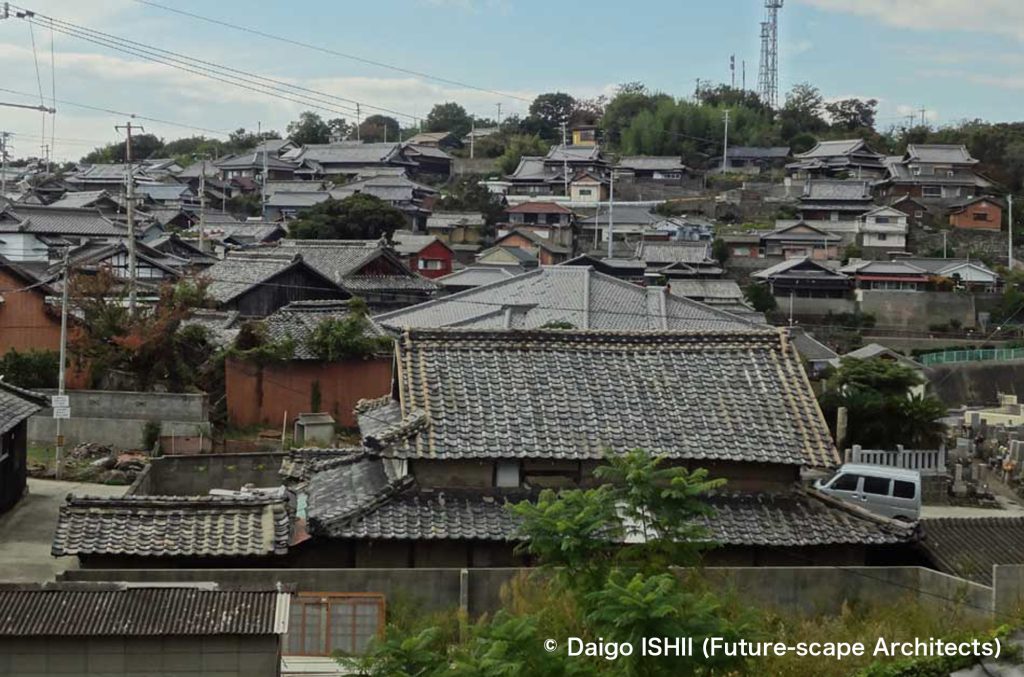
Alleys
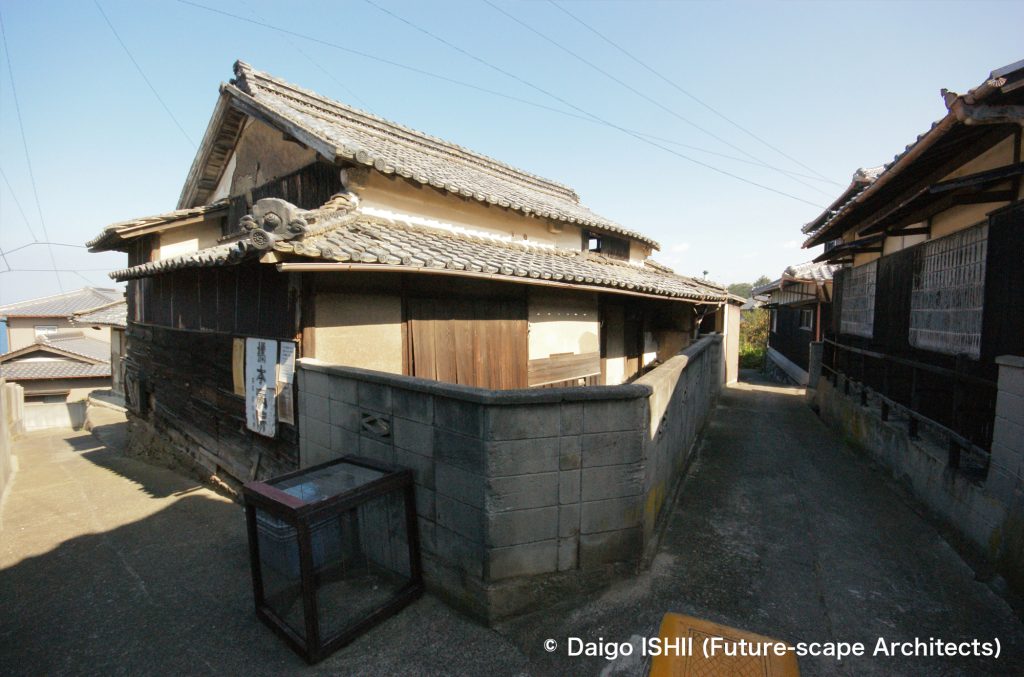
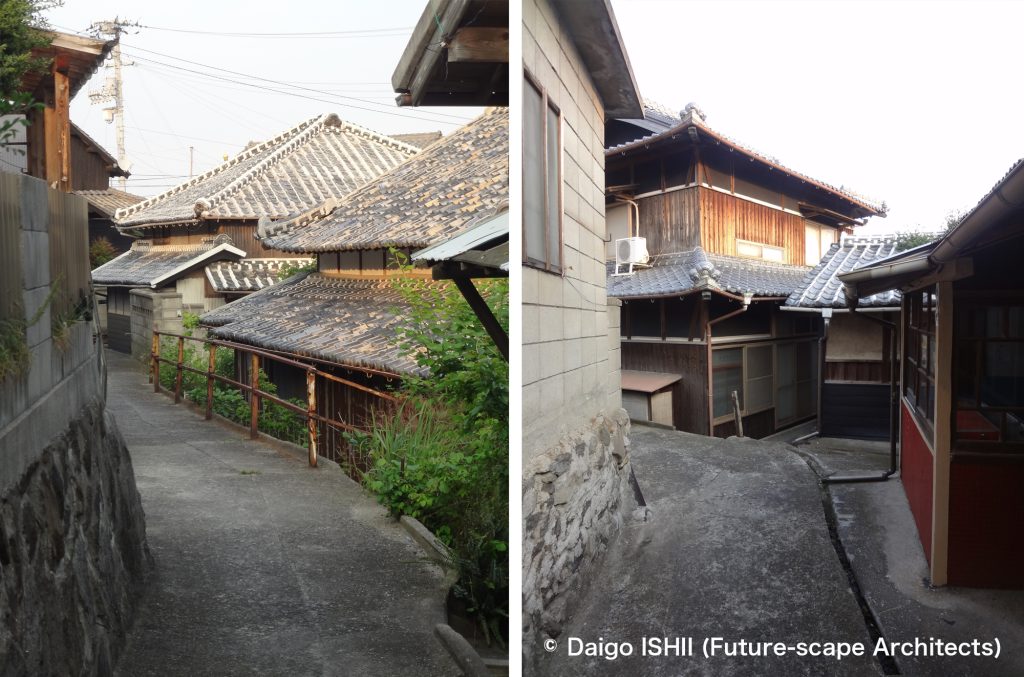
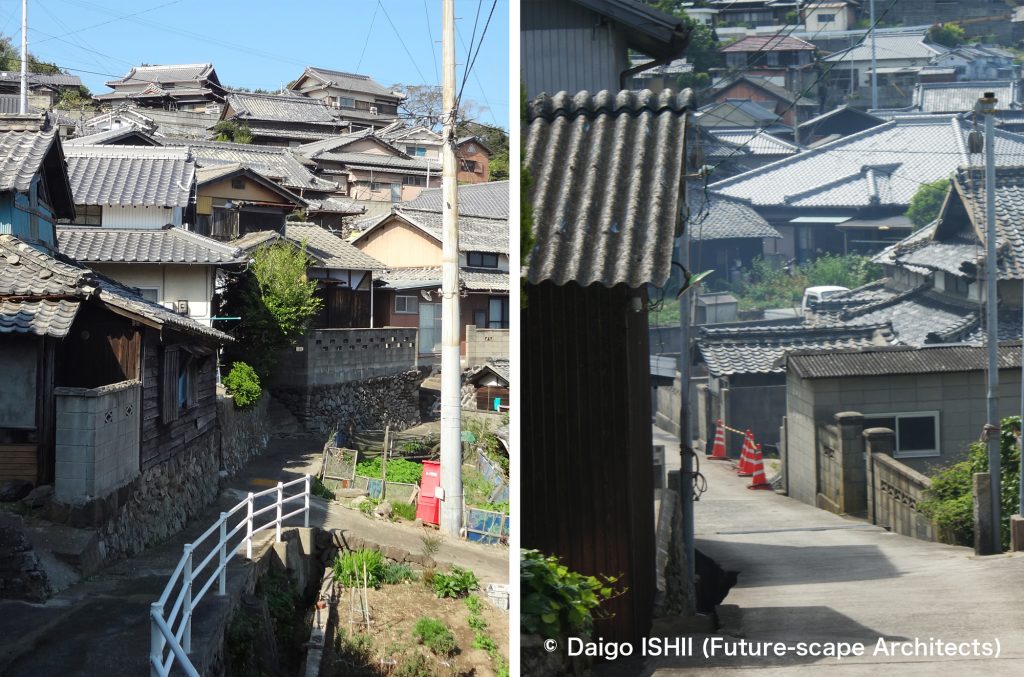
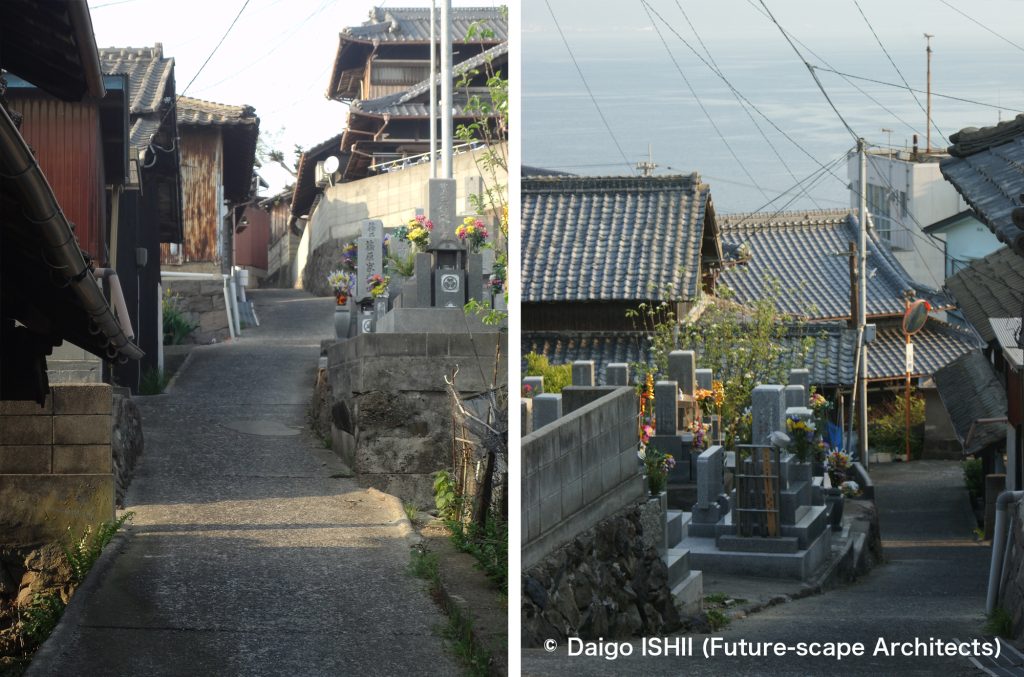
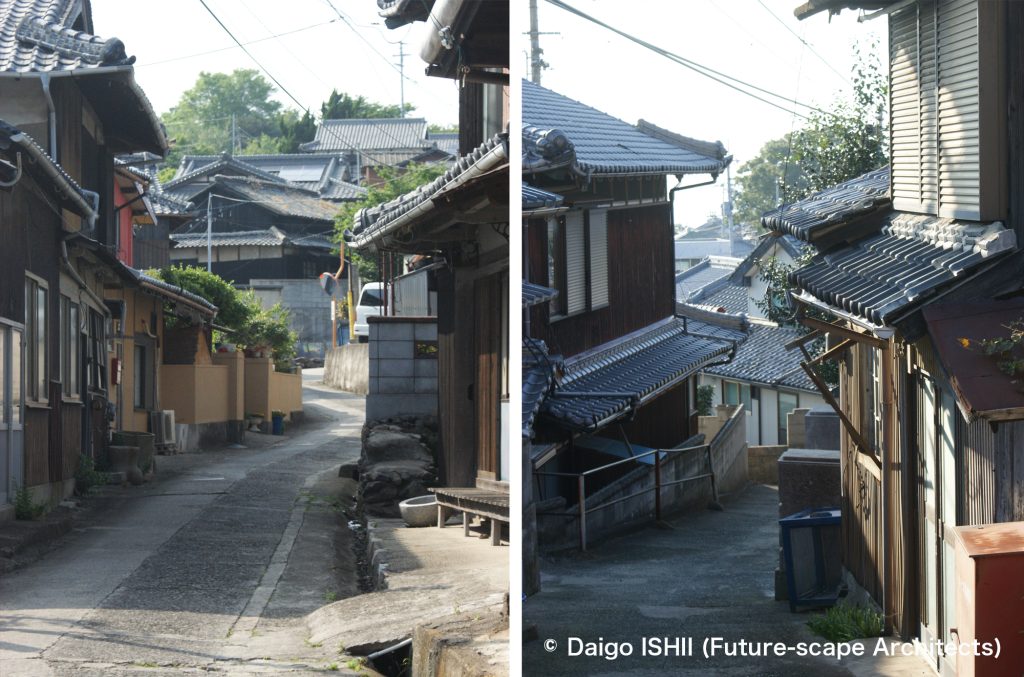
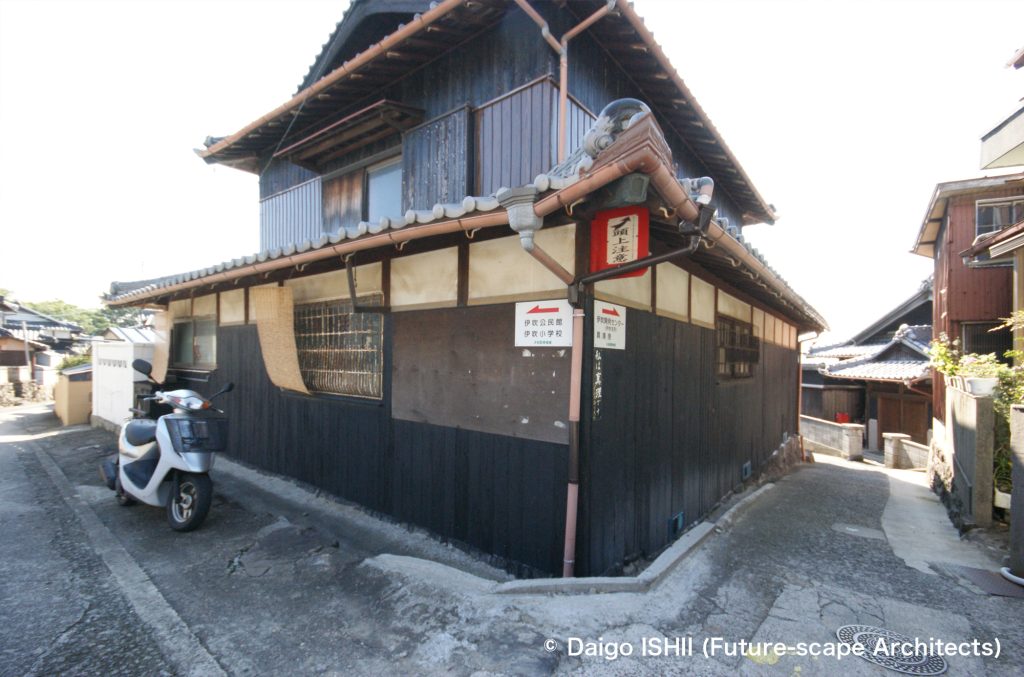
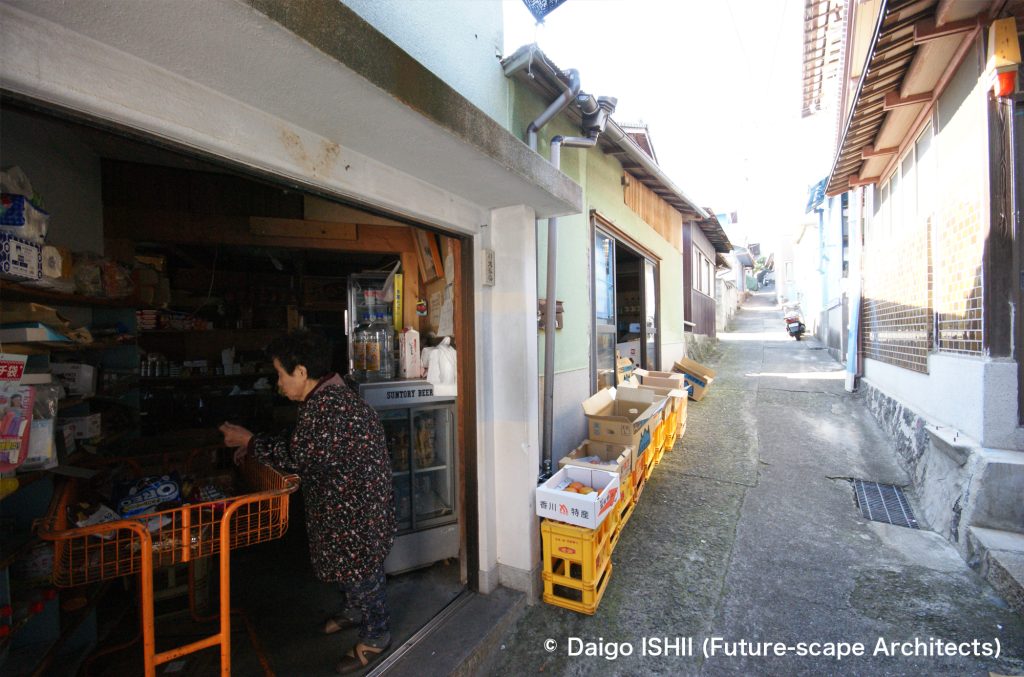
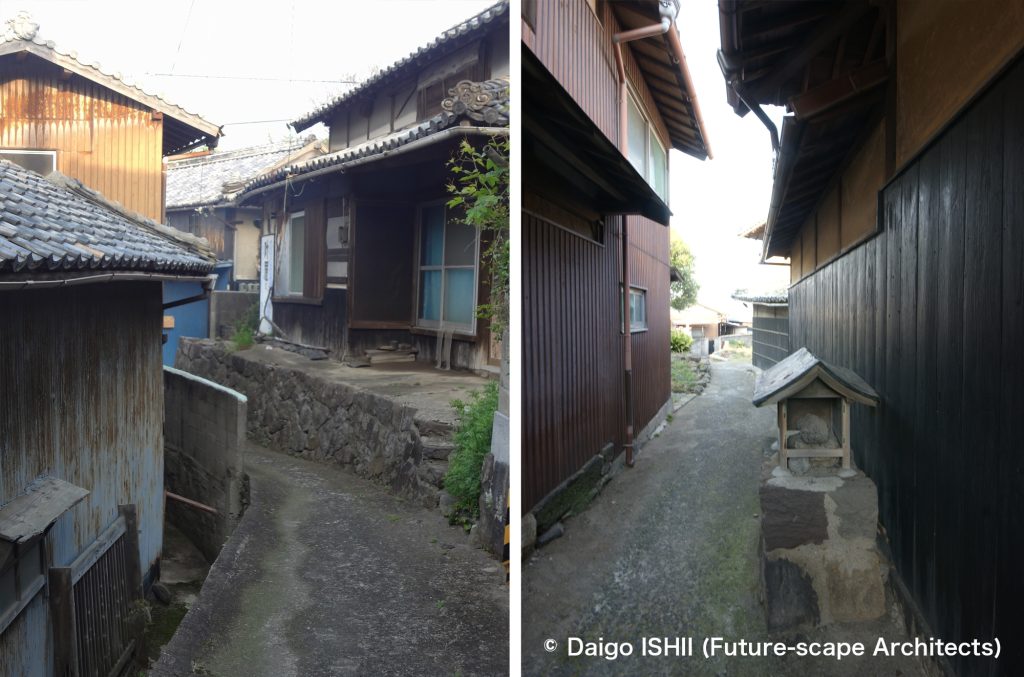
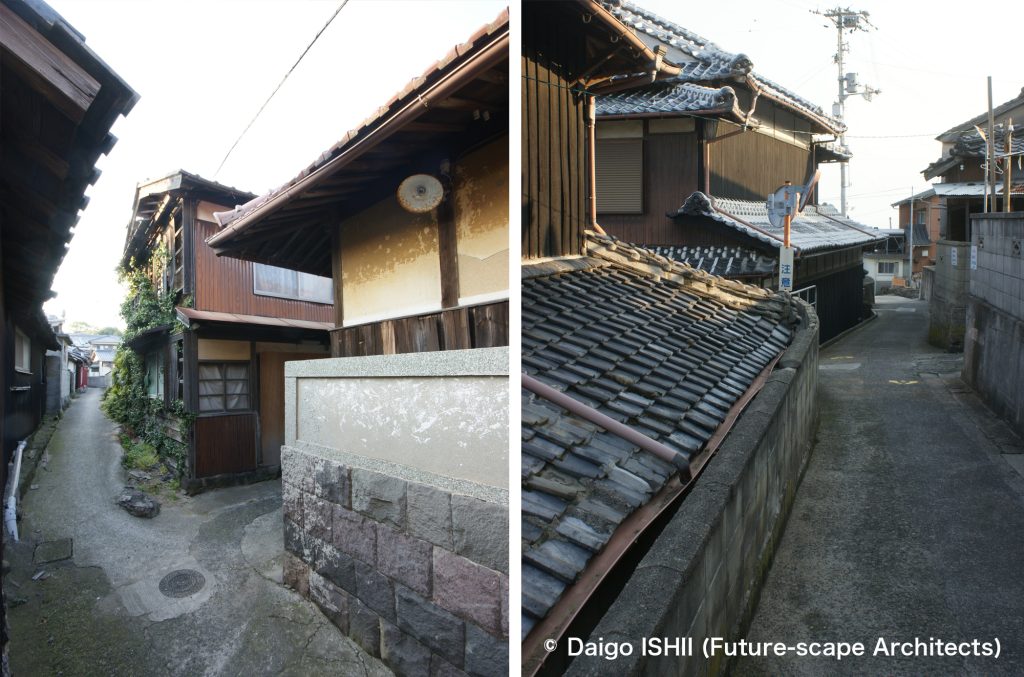
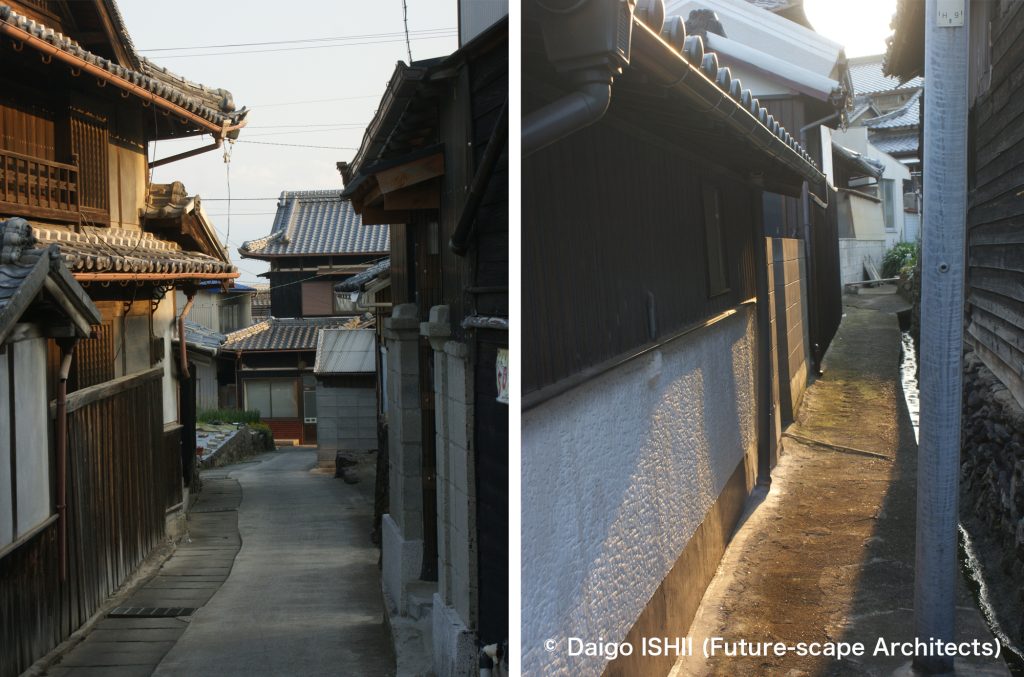
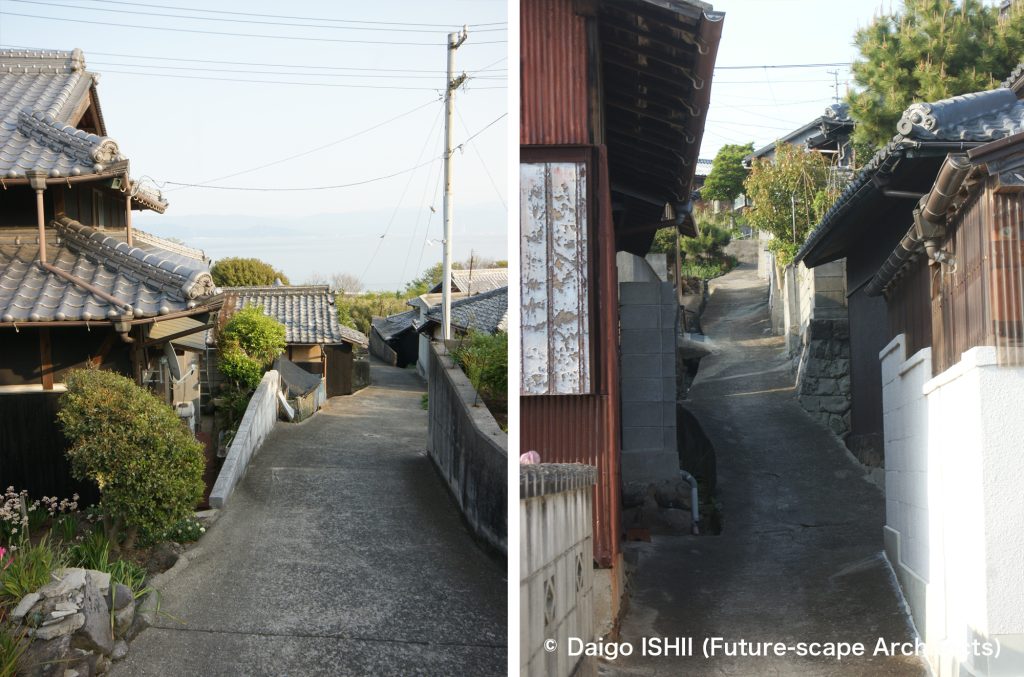
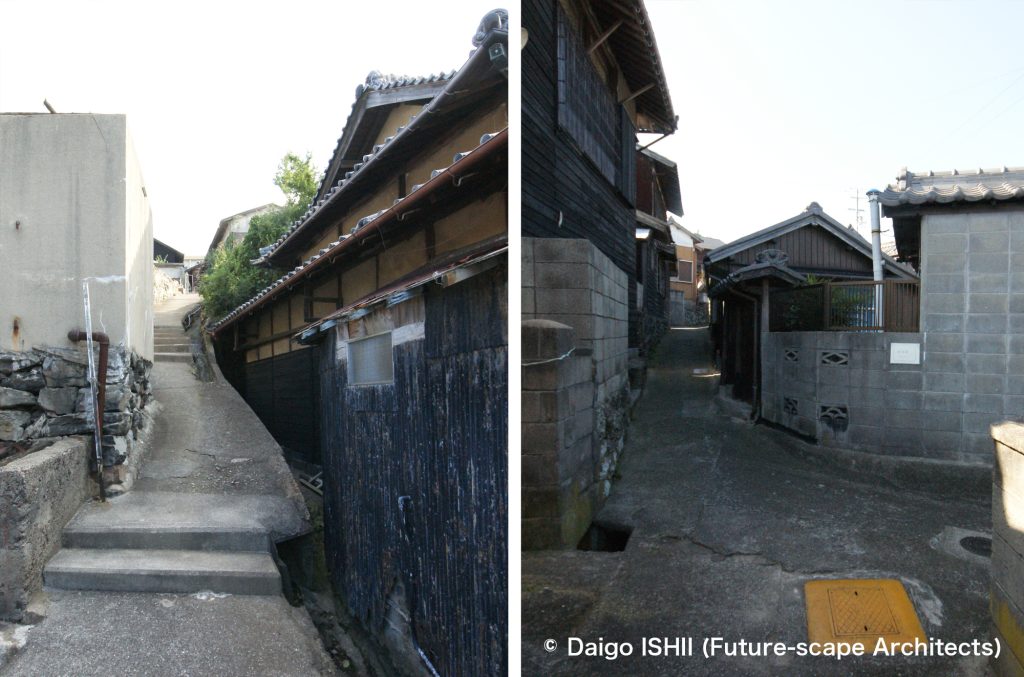
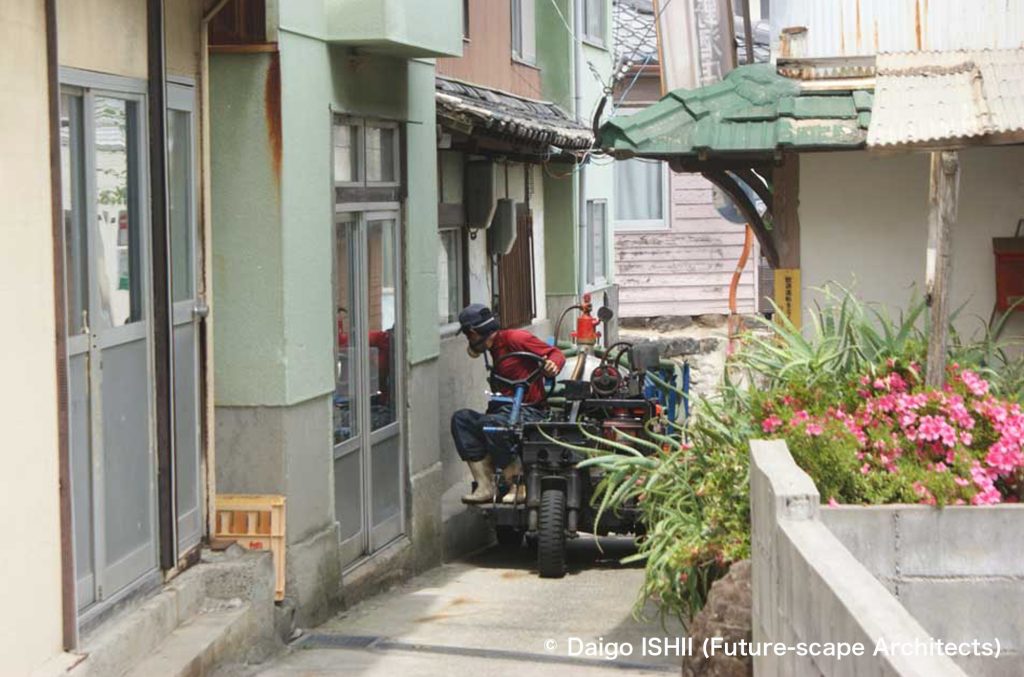
トイレの家 / House of Toilet
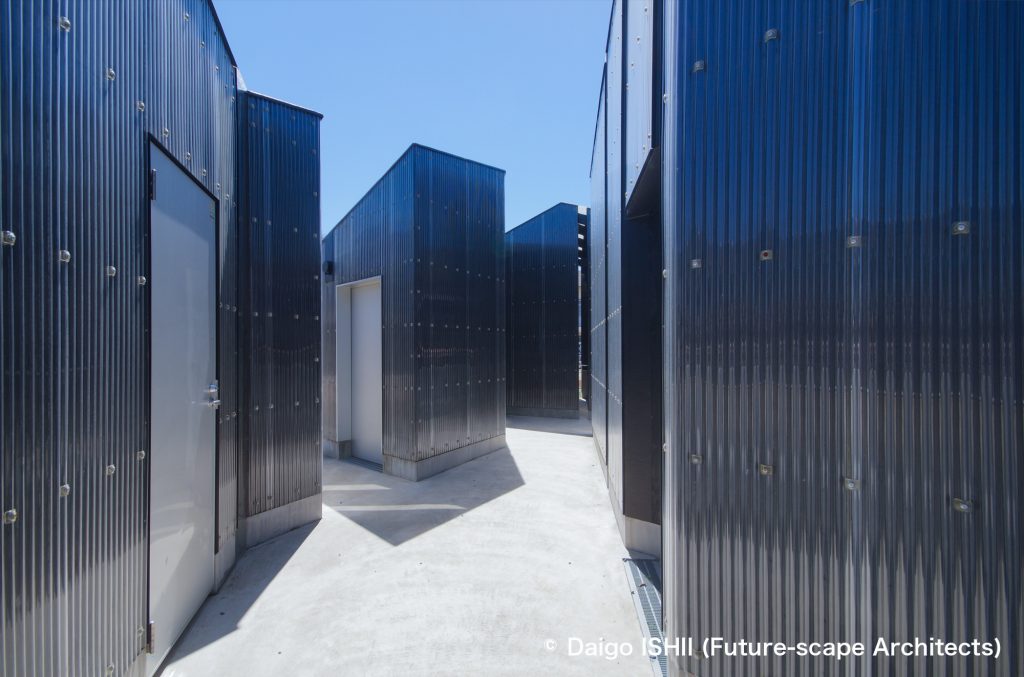
https://goo.gl/maps/KSdyokfCBsH7YY6q8
Click here for your impressions
reference
伊吹島民俗資料館
Please do not use or upload our photos without permission.




